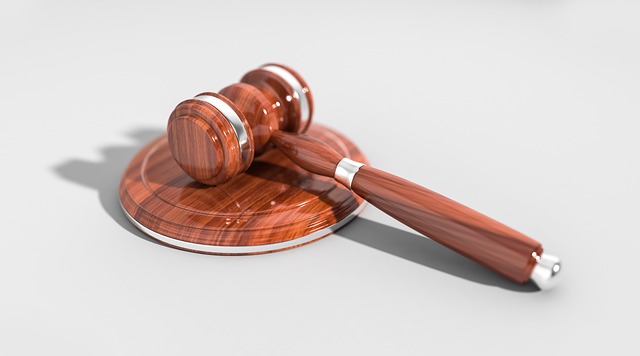After a work accident, immediate action is crucial. Assess injury severity, seek prompt medical attention, and document the incident thoroughly. Notify your employer and file a work injury compensation claim with the correct authority by meeting deadlines and seeking legal guidance if needed.
A work injury can be a stressful experience, but understanding the key steps to file a claim for work injury compensation is essential. This comprehensive guide breaks down the process into three crucial stages. First, assess your injury and seek prompt medical attention. Next, thoroughly document the incident and notify your employer. Finally, file your claim with the relevant authority, ensuring you meet all necessary deadlines. By following these steps, you can navigate the process efficiently and secure the compensation you deserve.
- Assess Your Work Injury and Seek Medical Attention
- Document the Incident and Notify Your Employer
- File Your Claim with the Relevant Authority
Assess Your Work Injury and Seek Medical Attention

After an accident at work, it’s crucial to take immediate steps to ensure your safety and well-being. The first step is to assess the extent of your work injury. This involves recognizing the severity of your injuries, understanding their impact on your ability to perform daily tasks, and determining if they will affect your long-term health or career prospects. Once you have a clear picture of your situation, it’s essential to seek prompt medical attention.
A visit to a healthcare professional is vital for several reasons. Firstly, they can provide an accurate diagnosis and treatment plan tailored to your specific injuries. This could include physical therapy, surgery, medication, or other interventions necessary for recovery. Additionally, proper documentation of your work injury, including medical records, is essential for building a strong case when filing a work injury compensation claim. This process ensures that you receive the necessary support and financial compensation for any disabilities or ongoing treatment related to your workplace incident.
Document the Incident and Notify Your Employer

After a work-related injury, the first crucial step is to thoroughly document the incident. This involves gathering all relevant details, such as the date and time of the accident, a description of what happened, and any witness statements. Take photos of the scene if possible, including any visible injuries or hazards that could have contributed to the accident. Additionally, keep records of any medical treatment received immediately after the incident.
Once you’ve documented the incident, it’s essential to notify your employer as soon as practicable. Inform them about the circumstances leading up to the injury and how it occurred. Your employer should be made aware of the potential work-related nature of your injuries, especially in cases that could resemble elder abuse or nursing home abuse situations, or if the injury is from a truck accident. They have a responsibility to ensure worker safety and will need this information to initiate the work injury compensation claim process.
File Your Claim with the Relevant Authority

After ensuring you have all the necessary documentation and evidence, the next step is to file your work injury compensation claim with the appropriate authority. This process varies depending on your location and industry, but typically involves submitting a formal application detailing the nature of your injury, the circumstances surrounding it, and any relevant medical reports. It’s crucial to adhere to deadlines set by local regulations; missing these can lead to delays or even denial of your claim.
Choosing the right authority is essential. In some cases, this might be a government agency dedicated to workers’ compensation, while in others, it could involve filing through your employer’s insurance provider. Navigating employment disputes or partnership disagreements might also require consulting with legal professionals who specialize in work-related injuries and can guide you through the complex process, ensuring your claim is handled efficiently and accurately.
After assessing your work injury, seeking medical attention, documenting the incident, and notifying your employer, the final step is to file a claim with the relevant authority. This process is crucial for obtaining the necessary work injury compensation to support your recovery and restore your financial stability. Remember to gather all necessary evidence and follow the specified procedures to ensure your claim’s success.






